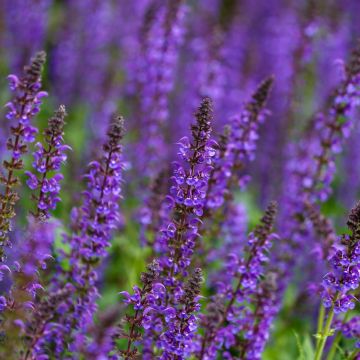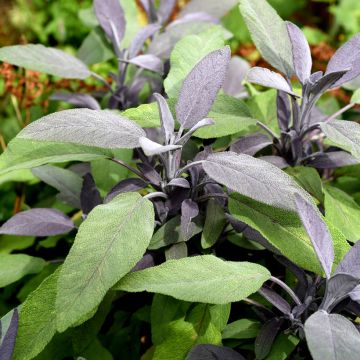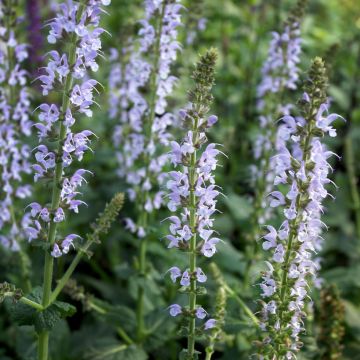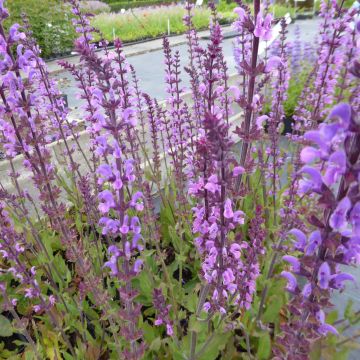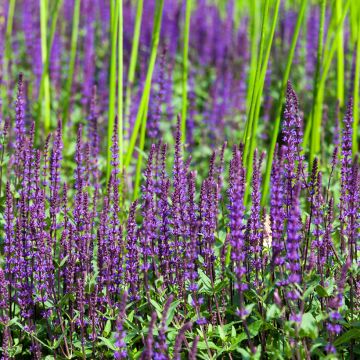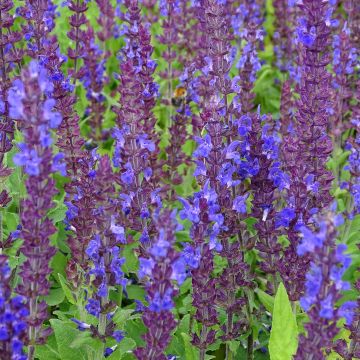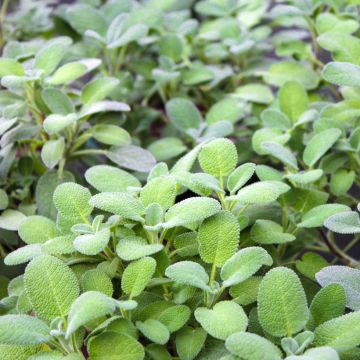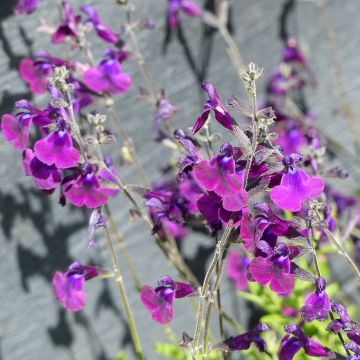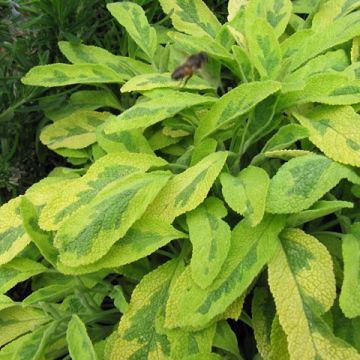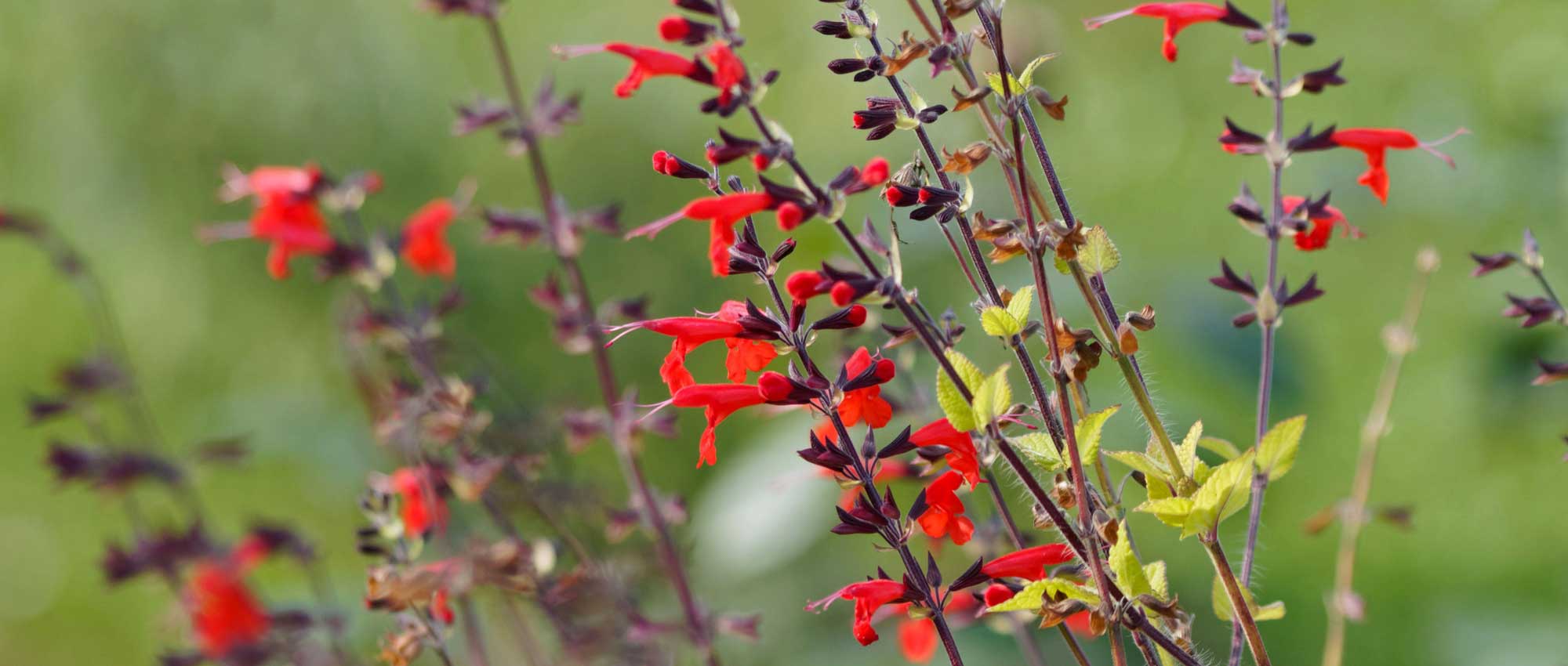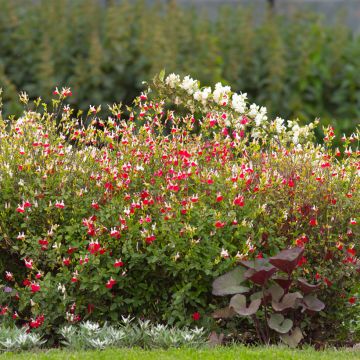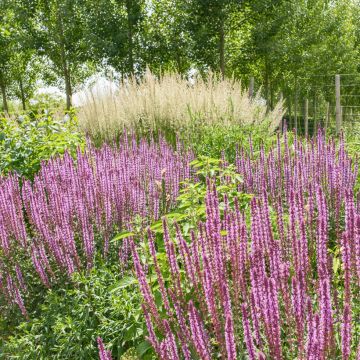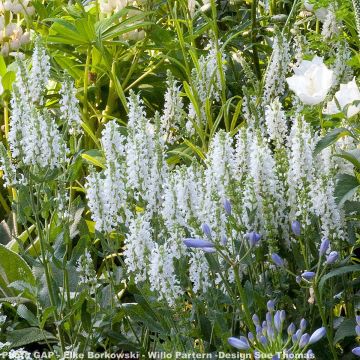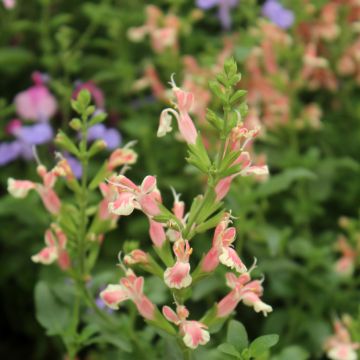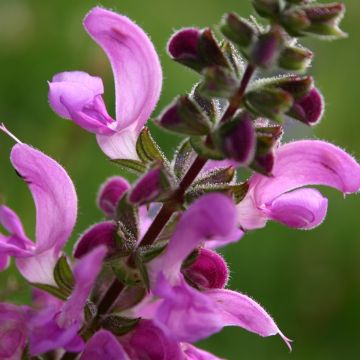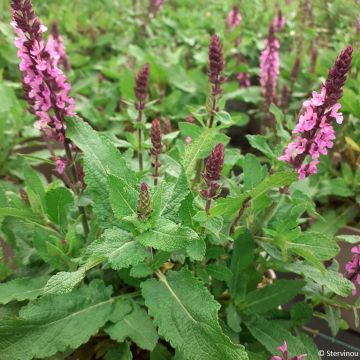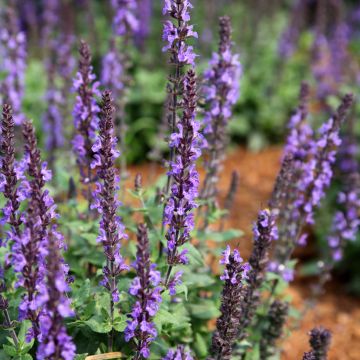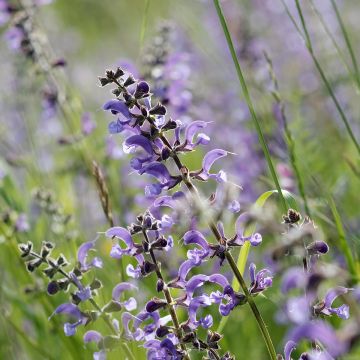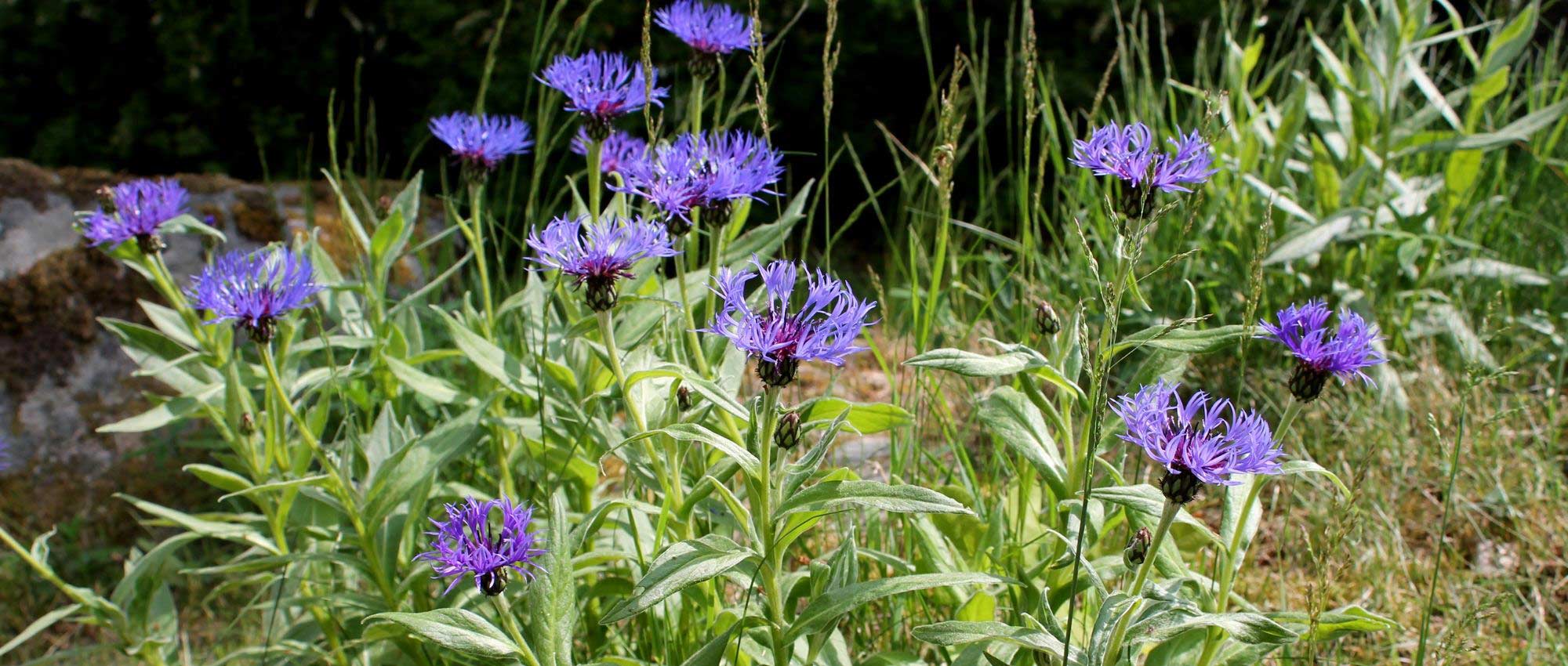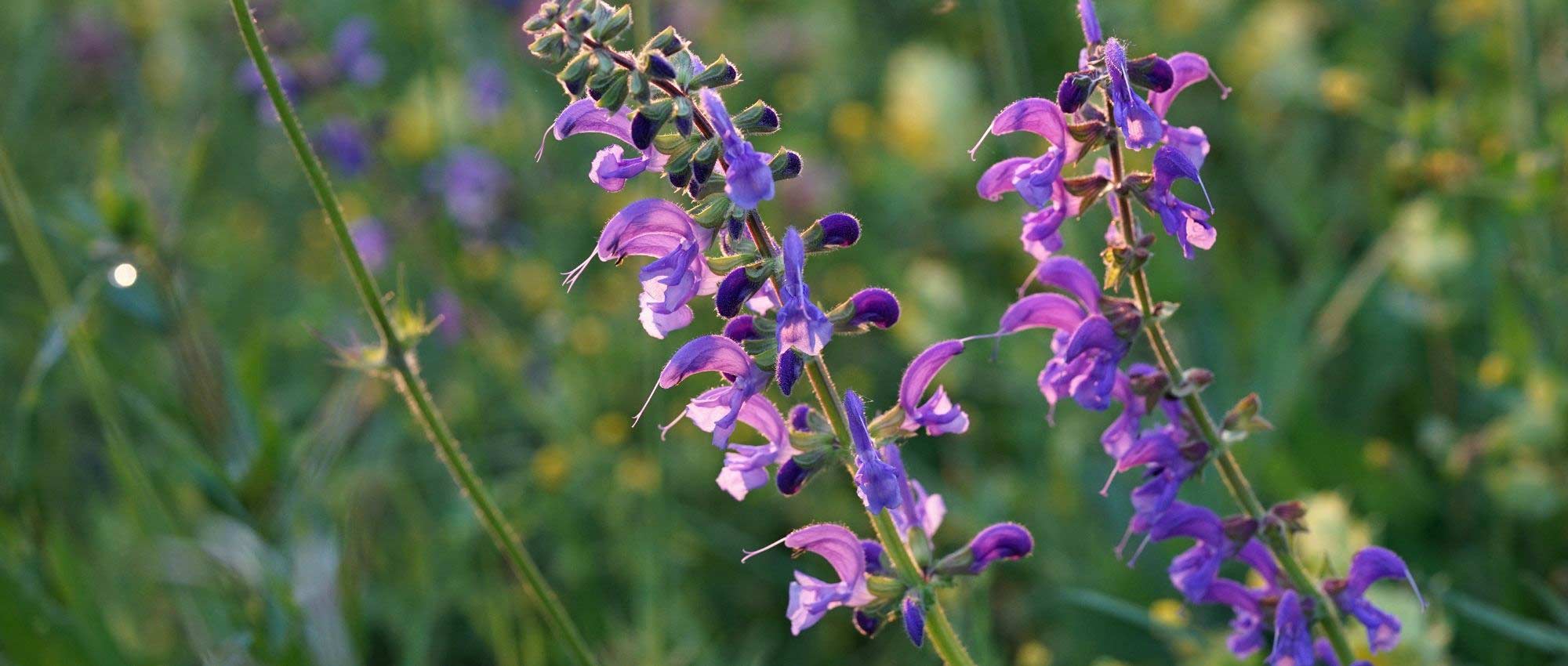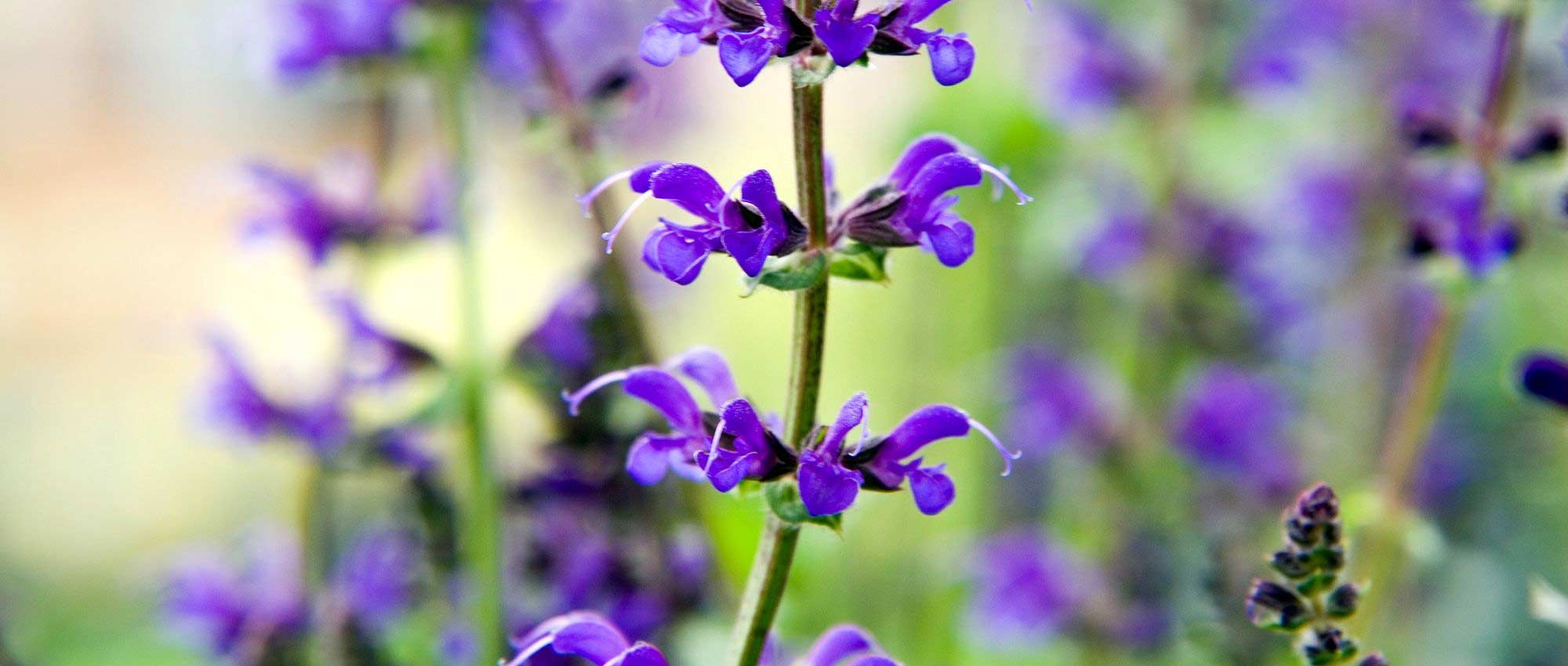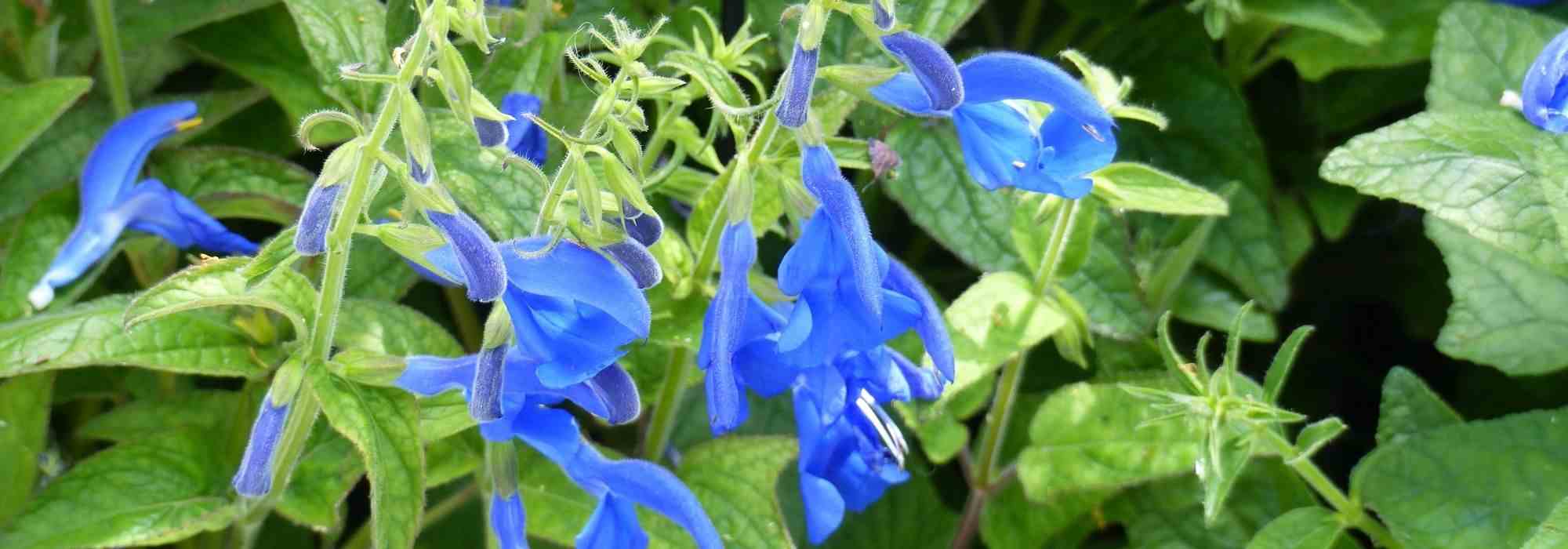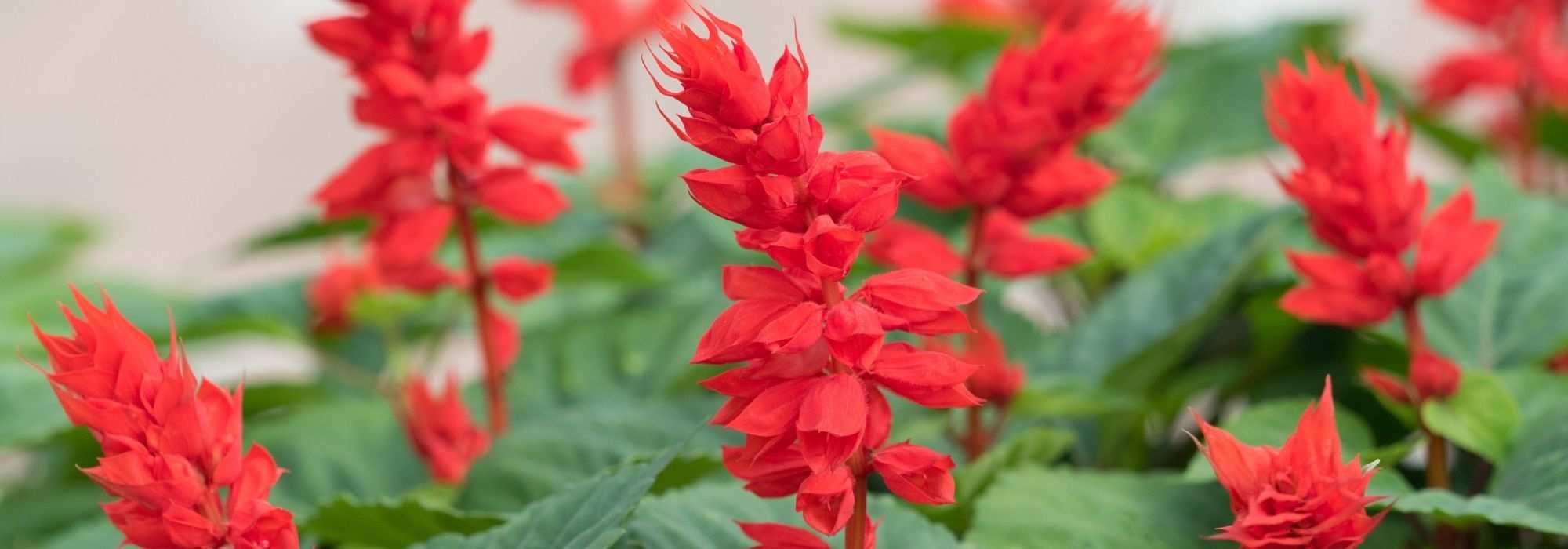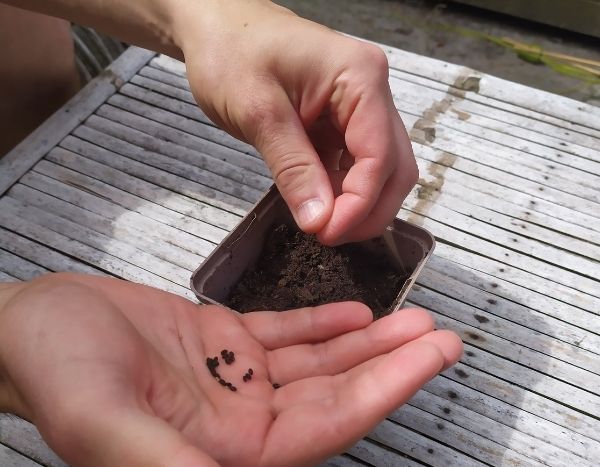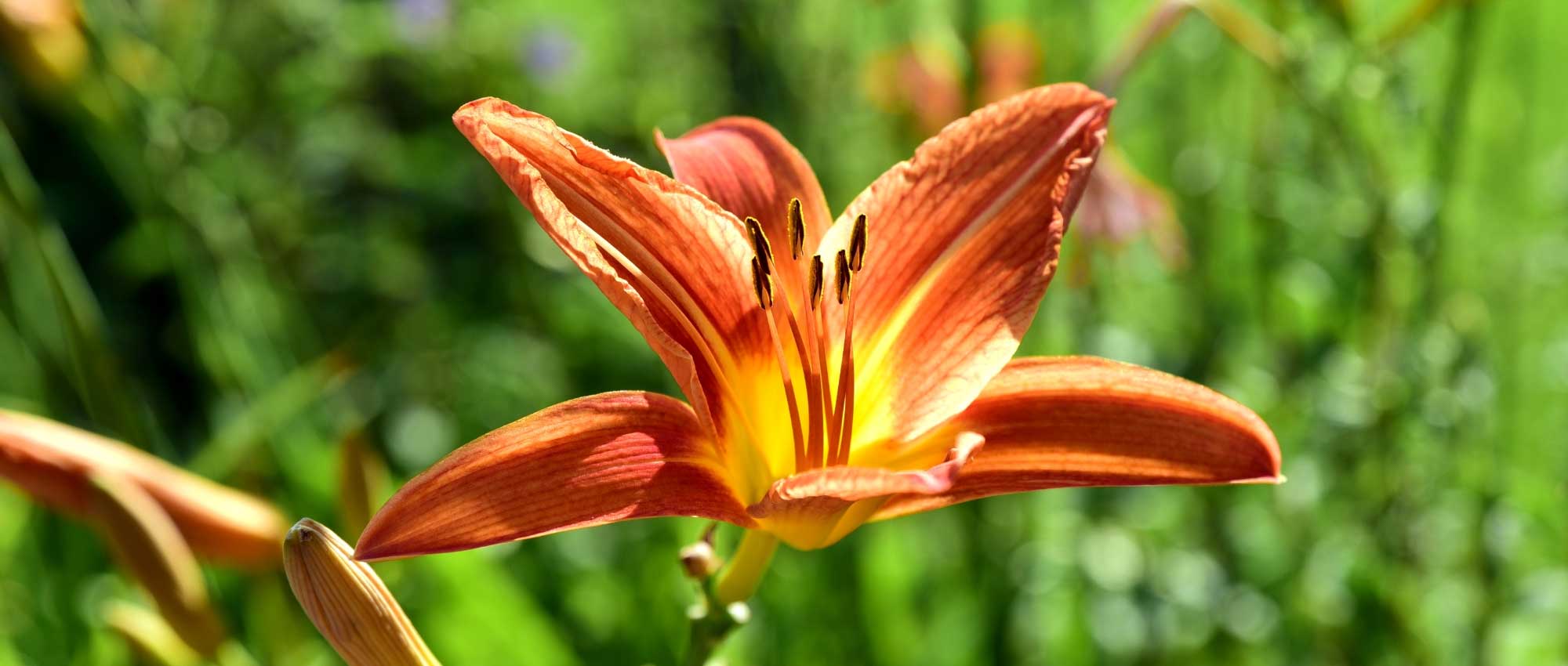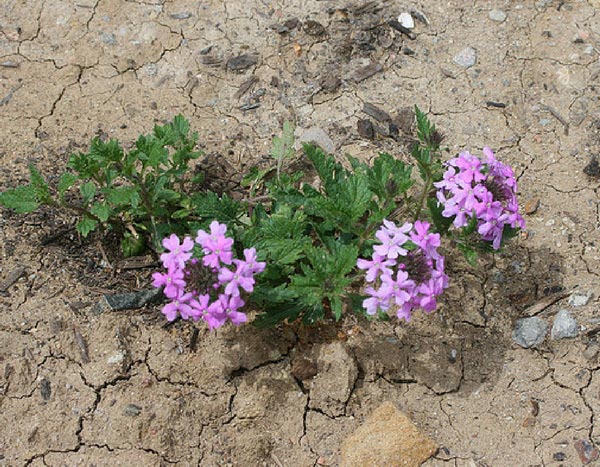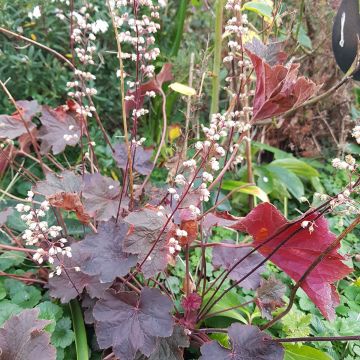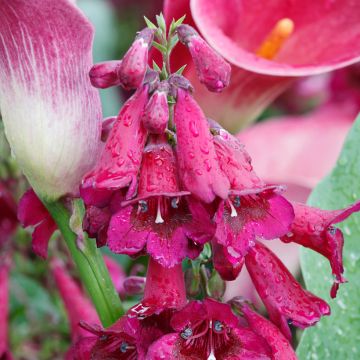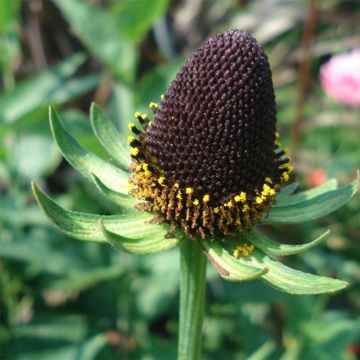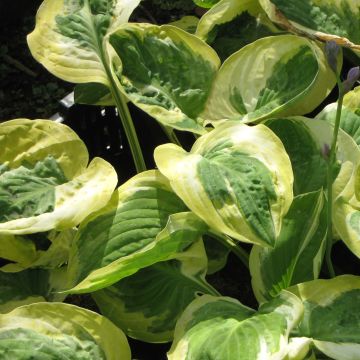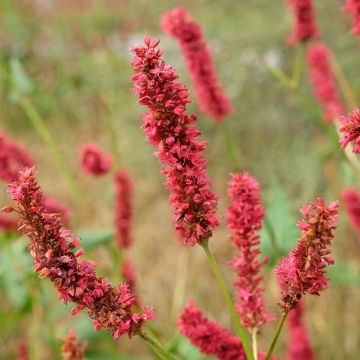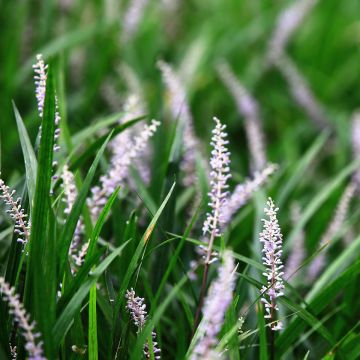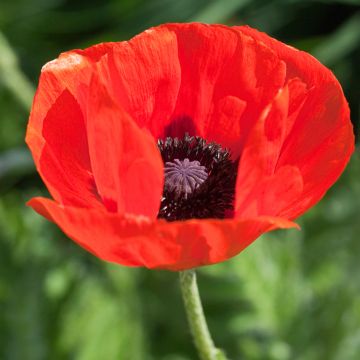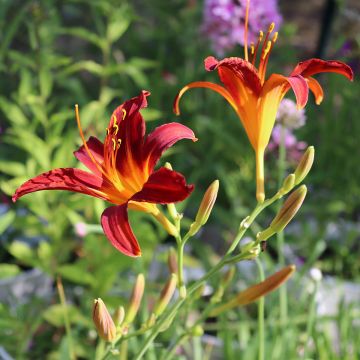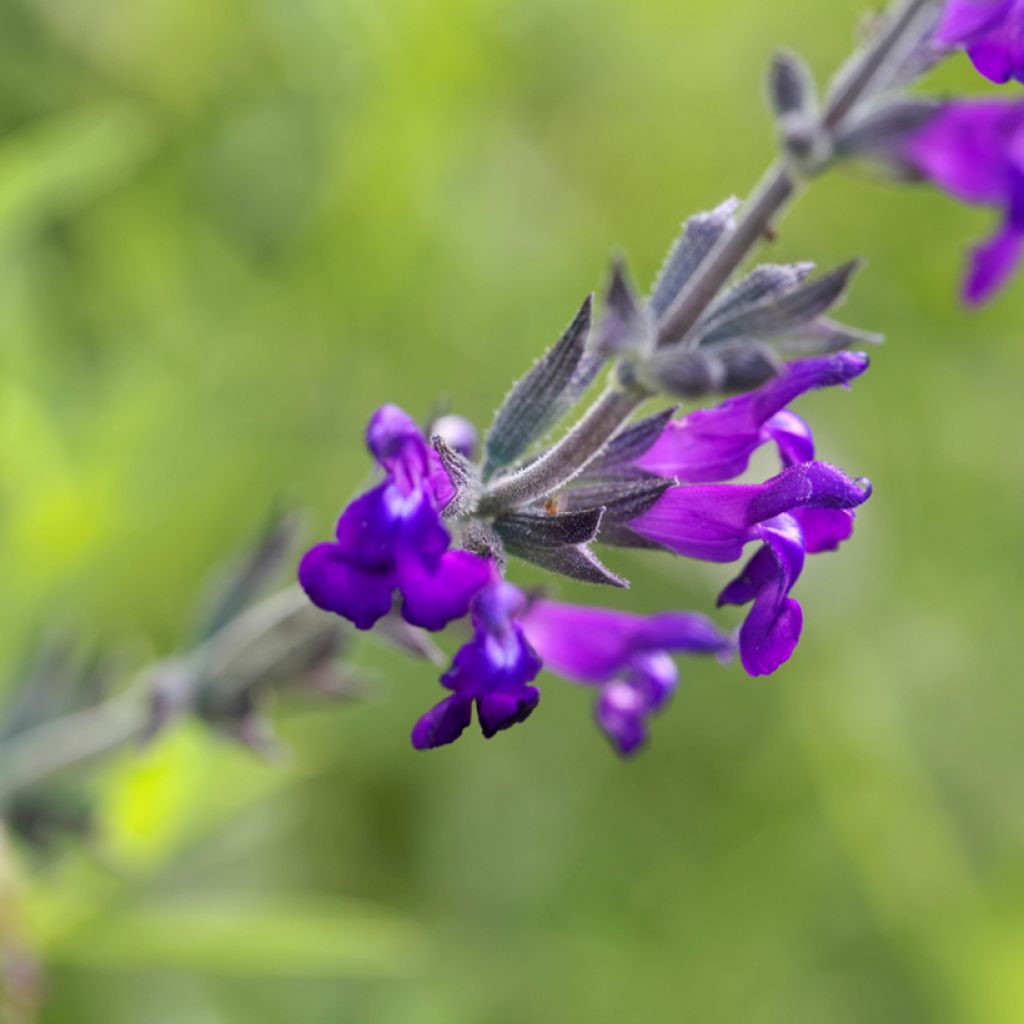

Salvia coahuilensis
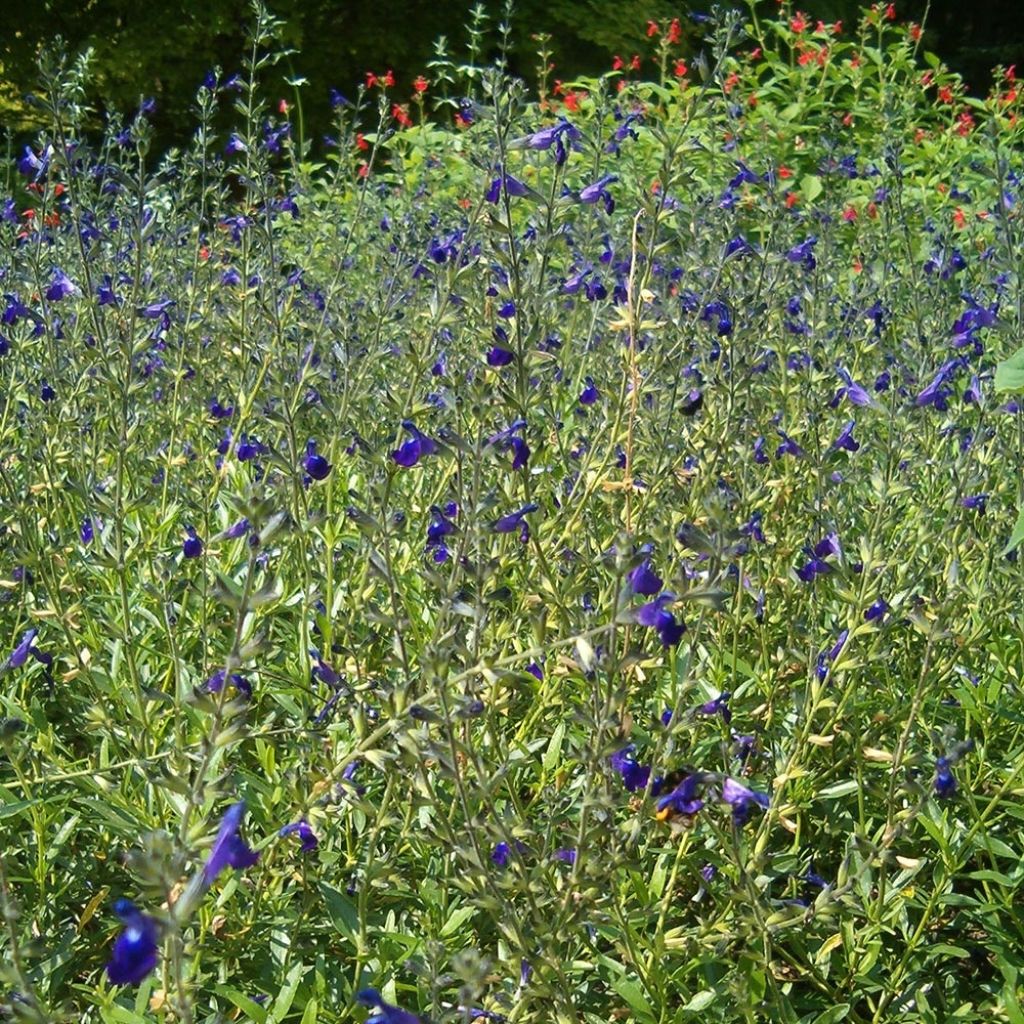

Salvia coahuilensis
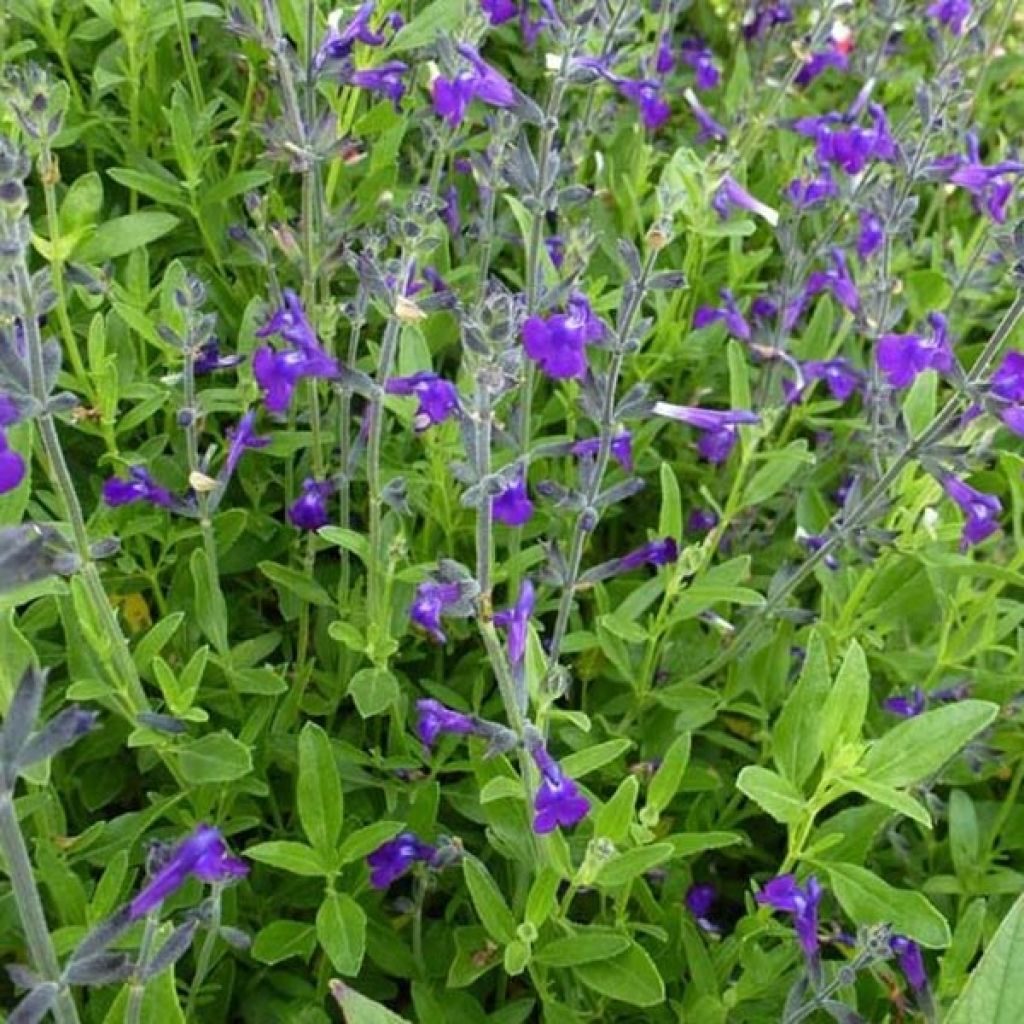

Salvia coahuilensis
Salvia coahuilensis
Salvia coahuilensis
Sauge de Coahuila
Charming young plant with lovely little violet flowers, very resilient on the balcony! It withstands heatwaves well; the foliage is very airy and allows light to pass through, which is pleasant when viewed from the inside.
Françoise, 23/08/2020
Special offer!
Receive a €20 voucher for any order over €90 (excluding delivery costs, credit notes, and plastic-free options)!
1- Add your favorite plants to your cart.
2- Once you have reached €90, confirm your order (you can even choose the delivery date!).
3- As soon as your order is shipped, you will receive an email containing your voucher code, valid for 3 months (90 days).
Your voucher is unique and can only be used once, for any order with a minimum value of €20, excluding delivery costs.
Can be combined with other current offers, non-divisible and non-refundable.
Why not try an alternative variety in stock?
View all →This plant carries a 12 months recovery warranty
More information
We guarantee the quality of our plants for a full growing cycle, and will replace at our expense any plant that fails to recover under normal climatic and planting conditions.
Does this plant fit my garden?
Set up your Plantfit profile →
Description
Salvia coahuilensis is a shrubby sage that captivates with its spicy fragrance and the dark bluish-purple colour of rare intensity of its velvety small flowers. They bloom almost continuously from June to October if the soil remains slightly moist, in light clusters, on a fine shiny olive green aromatic foliage. Even though its cold resistance is moderate, around -7°C (19.4°F), this still uncommon species works wonders in a dry land massif or in a pot that can be brought indoors in winter. Cultivate it in full sun or partial shade, in well-drained soil. Combine it with varieties of flowers in fuchsia pink or velvet red, with purple or silver foliage, the result exceeds any description.
Salvia coahuilensis is a woody perennial native to the Sierra Madre Oriental in the Mexican state of Coahuila and belongs to the Lamiaceae family.
Salvia coahuilensis has a naturally bushy and flexible habit that quickly reaches 60cm (24in) in all directions. The flowering, nectar-rich and honey-producing, is generous from late spring to late summer, until the cold puts an end to it. The small elongated flowers stand above the foliage at the end of dark stems, in 20cm (8in) spikes. The corolla with its spicy fragrance measures 2cm (1in) in length and is adorned with a fascinating dark bluish-purple hue of rare intensity, encased in a blackish-purple calyx. They only live for a day, covering the ground with their petals in the evening, but will already be replaced the next morning. The semi-evergreen foliage is composed of small ovate to linear leaves, shiny olive green, thick and aromatic. They sometimes take on pretty yellow and purplish hues in autumn.
The Coahuila sage is a magnificent suckering plant; it develops quite fast, flooding flower beds or terraces with its long-lasting unique violet flowering. It only requires a very well-drained, even mediocre soil, in sunny or semi-shady exposure. The lower light of autumn sublimates the flowering of shrubby salvias, which capture light through their petals like tiny stained-glass windows, lightening up all spring or summer blooms. But its association with pink autumn asters, 'Royal Bumble' salvias, or the wild species S. grahamii with intense fuchsia flowers is truly fabulous. California poppies, tall sedums, red foliage of Loropetalum or silver foliage of Artemisias, sea Cinerarias, and some Euphorbias (Euphorbia 'Ponte Leccia') will compose a fantastic tableau with it. On the terrace, place it in a large pot, right next to a Senecio 'Angel Wings' and foxtail Amaranths: the colour combination is superb!
Salvia coahuilensis in pictures
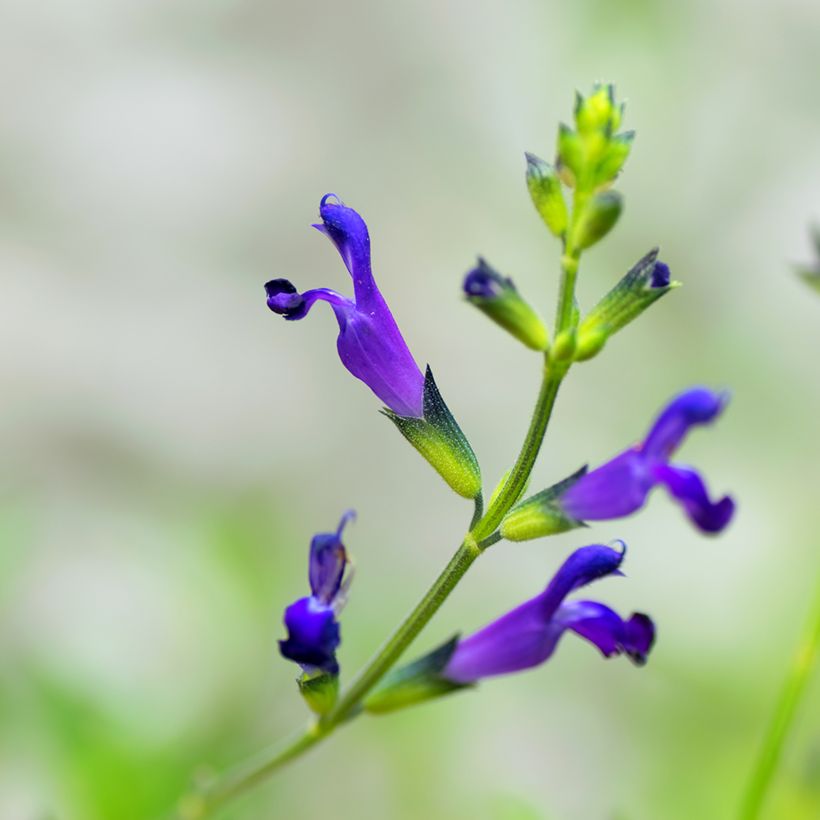

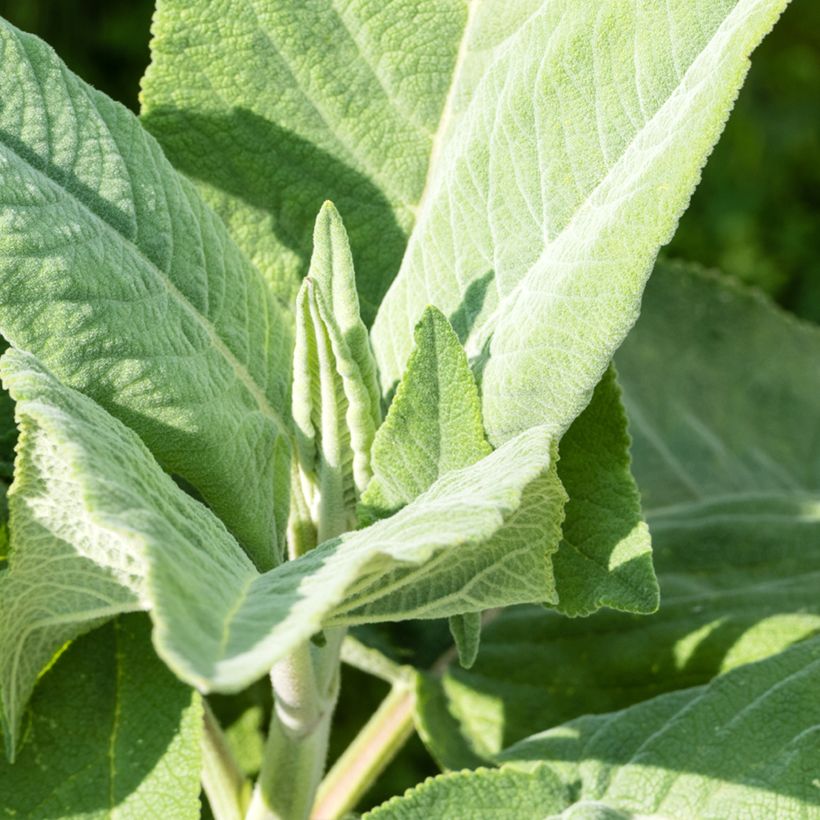



Flowering
Foliage
Plant habit
Botanical data
Salvia
coahuilensis
Lamiaceae
Sauge de Coahuila
Central America
Other Salvia - Sage
View all →Planting and care
Easy to grow, the Coahuila Sage can be planted all year round, except during freezing periods. This species can withstand temperatures down to -7 °C (19.4°F) in peak, in a well-drained soil, in full sun and sheltered from the wind. Place it in a sunny or partially shaded position. It is a plant that thrives in a light, moist but well-drained soil, with its hardiness greatly reduced in heavy and waterlogged soils in winter. It is also suitable for dry soil, so it is better to forget to water it rather than to have excess moisture. At planting, you can add a base fertilizer (roasted horn). Apply a mulch at the base of the plant when the cold weather approaches, or cover it with a winter veil in very cold regions. Watering is beneficial in summer, during prolonged drought. As for pruning, lightly trim the stems that compromise symmetry and prune to 20cm (8in) above ground, after the last strong spring frost (in March-April depending on the region). Remove faded flowers when possible.Slugs and snails can attack young shoots. Under greenhouse conditions: aphids, red spider mites, whiteflies, and foot and root rot can affect the sage.
Planting period
Intended location
Care
Planting & care advice
-
, onOrder confirmed
Reply from on Promesse de fleurs
Similar products
Haven't found what you were looking for?
Hardiness is the lowest winter temperature a plant can endure without suffering serious damage or even dying. However, hardiness is affected by location (a sheltered area, such as a patio), protection (winter cover) and soil type (hardiness is improved by well-drained soil).

Photo Sharing Terms & Conditions
In order to encourage gardeners to interact and share their experiences, Promesse de fleurs offers various media enabling content to be uploaded onto its Site - in particular via the ‘Photo sharing’ module.
The User agrees to refrain from:
- Posting any content that is illegal, prejudicial, insulting, racist, inciteful to hatred, revisionist, contrary to public decency, that infringes on privacy or on the privacy rights of third parties, in particular the publicity rights of persons and goods, intellectual property rights, or the right to privacy.
- Submitting content on behalf of a third party;
- Impersonate the identity of a third party and/or publish any personal information about a third party;
In general, the User undertakes to refrain from any unethical behaviour.
All Content (in particular text, comments, files, images, photos, videos, creative works, etc.), which may be subject to property or intellectual property rights, image or other private rights, shall remain the property of the User, subject to the limited rights granted by the terms of the licence granted by Promesse de fleurs as stated below. Users are at liberty to publish or not to publish such Content on the Site, notably via the ‘Photo Sharing’ facility, and accept that this Content shall be made public and freely accessible, notably on the Internet.
Users further acknowledge, undertake to have ,and guarantee that they hold all necessary rights and permissions to publish such material on the Site, in particular with regard to the legislation in force pertaining to any privacy, property, intellectual property, image, or contractual rights, or rights of any other nature. By publishing such Content on the Site, Users acknowledge accepting full liability as publishers of the Content within the meaning of the law, and grant Promesse de fleurs, free of charge, an inclusive, worldwide licence for the said Content for the entire duration of its publication, including all reproduction, representation, up/downloading, displaying, performing, transmission, and storage rights.
Users also grant permission for their name to be linked to the Content and accept that this link may not always be made available.
By engaging in posting material, Users consent to their Content becoming automatically accessible on the Internet, in particular on other sites and/or blogs and/or web pages of the Promesse de fleurs site, including in particular social pages and the Promesse de fleurs catalogue.
Users may secure the removal of entrusted content free of charge by issuing a simple request via our contact form.
The flowering period indicated on our website applies to countries and regions located in USDA zone 8 (France, the United Kingdom, Ireland, the Netherlands, etc.)
It will vary according to where you live:
- In zones 9 to 10 (Italy, Spain, Greece, etc.), flowering will occur about 2 to 4 weeks earlier.
- In zones 6 to 7 (Germany, Poland, Slovenia, and lower mountainous regions), flowering will be delayed by 2 to 3 weeks.
- In zone 5 (Central Europe, Scandinavia), blooming will be delayed by 3 to 5 weeks.
In temperate climates, pruning of spring-flowering shrubs (forsythia, spireas, etc.) should be done just after flowering.
Pruning of summer-flowering shrubs (Indian Lilac, Perovskia, etc.) can be done in winter or spring.
In cold regions as well as with frost-sensitive plants, avoid pruning too early when severe frosts may still occur.
The planting period indicated on our website applies to countries and regions located in USDA zone 8 (France, United Kingdom, Ireland, Netherlands).
It will vary according to where you live:
- In Mediterranean zones (Marseille, Madrid, Milan, etc.), autumn and winter are the best planting periods.
- In continental zones (Strasbourg, Munich, Vienna, etc.), delay planting by 2 to 3 weeks in spring and bring it forward by 2 to 4 weeks in autumn.
- In mountainous regions (the Alps, Pyrenees, Carpathians, etc.), it is best to plant in late spring (May-June) or late summer (August-September).
The harvesting period indicated on our website applies to countries and regions in USDA zone 8 (France, England, Ireland, the Netherlands).
In colder areas (Scandinavia, Poland, Austria...) fruit and vegetable harvests are likely to be delayed by 3-4 weeks.
In warmer areas (Italy, Spain, Greece, etc.), harvesting will probably take place earlier, depending on weather conditions.
The sowing periods indicated on our website apply to countries and regions within USDA Zone 8 (France, UK, Ireland, Netherlands).
In colder areas (Scandinavia, Poland, Austria...), delay any outdoor sowing by 3-4 weeks, or sow under glass.
In warmer climes (Italy, Spain, Greece, etc.), bring outdoor sowing forward by a few weeks.






























